It has become an annual event to visit Bharat for about two months ever year and visit as many States as possible to ensure our programs are being conducted as per our requirements. The success of our program is due to the constant supervision of all our activities. Pinnamaneni Srinivas and Rajesh Thunuguntla spend countless hours to ensure the programs are conducted as per our guidelines. We have six full-time employees to monitor our activities at the ground level.
The States where the Global Hindu Heritage Foundation is organizing our activities are Tamil Nadu, Karnataka, Andhra Pradesh, Telangana, Assam, Orissa, Rajasthan, Uttara Khand, and Jharkhand. Following are the projects GHHF is implementing in one or more States.
1. Ghar Wapasi—to protect our Hindus from conversion and welcome back to Hinduism those who were converted to other religions. Twenty-two Pracharaks work in six different states, educating our Hindus about the difference between Hinduism and other religions.
2. Bala Samskar Kendras—175 schools with 4500 started in nine different states and Bangladesh to educate our children about the richness and greatness of Sanatana Dharma.
3. Grama Devata Temples are being renovated to preserve village deities' culture and ensure village safety. More than 45 Grama Devatas were renovated to ensure the continuity of ancient culture. About 60 Grama Devatas have been constructed or renovated.
4. Annadanam—It is a regular feature that provides annadanam to deserving people. During COVID-19, GHHF provided annadanam to more than 2 lakh people. Also provided dry goods sufficient for one month for more than 1000 Priest families and gave $5,000 to more than 150 poor priests.
5. Sponsor a Priest—Employing unemployed Priests to open Temples that were closed due to financial difficulties. Visit each family in the village, invite them to the Temple, organize Bhajans, and teach mantras to chant.
6. Dhupa Deepa Naivedyam – Providing necessary puja items to village Temples that could not light the lamps in the villages. More than 1000 Temples received Puja items.
7. “Intinta Shiva Abhishekam” was started to perform rituals in the homes of poor, Dalit, and tribal communities to foster appreciation for traditions and unite these groups.
8. Cow Puja and Protection – prevented the transportation of and slaughtering of cows; intercepted the vehicles carrying cows and cow meat; supported more than 25 gaushalas, sponsoring and maintaining the cows in the largest Gaushala in Memphis, TN, USA.
9. Animal Welfare: In summer, many animals lack food and water. To ensure the basic needs of the cows, monkeys, dogs, birds, etc., GHHF made water Tubs specially for this purpose, placed them in different villages, and filled them with water every day for more than two months each year.
10. Water Pandals (Chalivendras) opened in about 30 centers to provide water and buttermilk in the Summertime in 2024. We rented water tanks and sourced water from nearby wells, ensuring that the pandals were replenished approximately every three months.
11. Imprint “Jai Sri Ram” in villages to create a sense of identity among Hindus – more than 2 lakh houses, walls, electrical poles, autos, etc., in more than 500 villages. More than 200 volunteers have signed up to help with this project.
12. Tailoring training for women: We are empowering these women, who face many challenges due to financial difficulties, through a tailoring training program. Bought 8 professional machines, and training 16 women every two months.
13. Microphone sets to promote Bhajans: We are continuously striving for the propagation of Hindu Dharma and the development of temples by organizing Bhajans to create devotion.
14. Flood Relief—GHHF provided food, baby food, water bottles, and fodder for animals to the flood victims in Assam and Andhra Pradesh. Recently, in Assam, we provided 67,000 meals, baby food for 134 children, and fodder for 65 cows, covering 77 villages.
15. Environmental Protection Summer heat waves are causing health problems through dehydration, exhaustion, and loss of electrolytes. We can address the issue by planting more trees. We have been planting many trees in Assam and Andhra Pradesh for the last four years.
16. Help Hindus in Bangladesh. Hindus in Bangladesh are facing severe violence, including attacks on homes, temples, and businesses. Thousands are struggling for survival with critical needs for food, shelter, and protection. The Global Hindu Heritage Foundation (GHHF) is working to provide aid, including meals for the homeless, protection for temples, and support for those in hiding.
For details on these projects, please call or email. Your support for any of these projects would help Hindus of various sections in TEN different States in Bharat and Bangladesh.
Your donations are appreciated.
By Zelle: ghhfusaorg@gmail.com
PayPal: savetemples.org
By Check: Or you can send a check payable to GHHF, 14726 Harmony Lane, Frisco, TX 75035.
It is tax-deductible.
By Rupees: call 601-918-7111; +91 83096 43979
14 Nov 2025




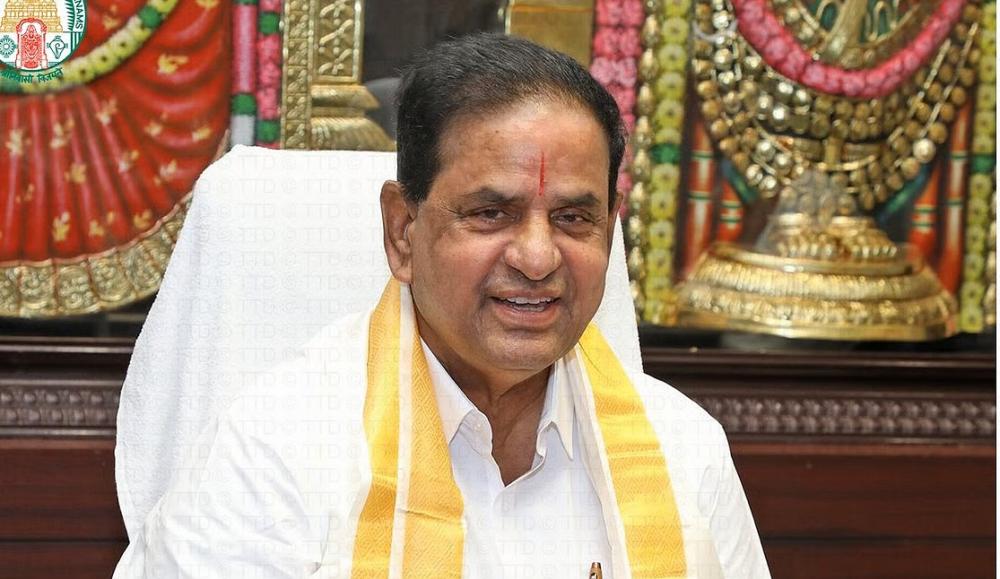

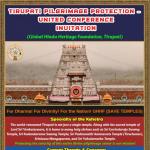


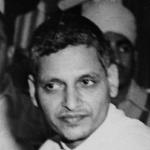

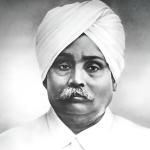
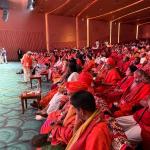

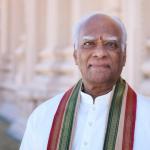
 Urgent support needed for Bangladesh Hindus
Urgent support needed for Bangladesh Hindus 



